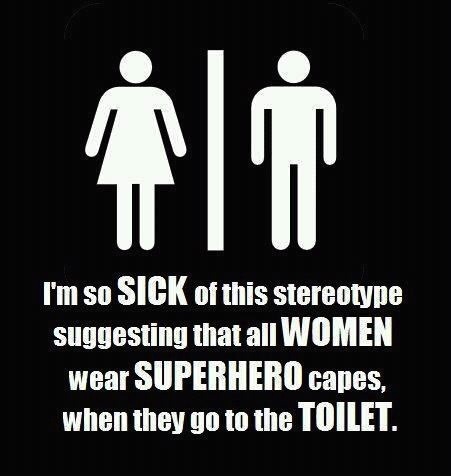Pam Muñoz Ryan is a Mexican-American author. She was born in 1951 in California. She was originally encouraged to begin writing by a professor she had in graduate school. This push led her to completing numerous award-winning books, such as Esperanza Rising and Becoming Naomi León. Pam enjoys writing main characters that are strong female protagonists. She considers Eleanor Roosevelt and Amelia Earhart to be her personal muses.
Esperanza Rising tells of a girl name Esperanza whose life is drastically changed by the murder of her father on her birthday. The murderer asks Esperanza's mother to marry him in hopes of taking the family's fortune. The mother refuses and she and Esperanza sneak out of Mexico to America, where they hear they will be safe and have a job. They are taken to a labor camp made up of small houses with multiple families living in each house. Esperanza must face the fact that her old life of having servants wait on her and getting whatever she wants is over. What's terrific about this story is that it was inspired by the life of Pam Muñoz Ryan's grandmother.
Children's books to accompany Esperanza Rising:
Those Shoes by Maribeth Boelts
Harvesting Hope: The Story of Cesar Chavez by Kathleen Krull
Happy Like Soccer by Maribeth Boelts
The House on Dirty-Third Street by Jo S. Kittinger
Mama is a Miner by George Ella Lyon
Tia Isa Wants a Car by Meg Medina
Discussion Questions:
Esperanza Rising tells of a girl name Esperanza whose life is drastically changed by the murder of her father on her birthday. The murderer asks Esperanza's mother to marry him in hopes of taking the family's fortune. The mother refuses and she and Esperanza sneak out of Mexico to America, where they hear they will be safe and have a job. They are taken to a labor camp made up of small houses with multiple families living in each house. Esperanza must face the fact that her old life of having servants wait on her and getting whatever she wants is over. What's terrific about this story is that it was inspired by the life of Pam Muñoz Ryan's grandmother.
Children's books to accompany Esperanza Rising:
Those Shoes by Maribeth Boelts
Harvesting Hope: The Story of Cesar Chavez by Kathleen Krull
Happy Like Soccer by Maribeth Boelts
The House on Dirty-Third Street by Jo S. Kittinger
Mama is a Miner by George Ella Lyon
Tia Isa Wants a Car by Meg Medina
Discussion Questions:
- What are your thoughts and feelings on Jeremy's actions in Those Shoes?
- How would you discuss the themes "wants" and "needs" in a classroom setting?
- How would you use Harvesting Hope with Esperanza Rising?
- How would you discuss power relations and agency in both Harvesting Hope compared to Esperanza Rising?
- What do you think of the illustrations of House on Dirty-Third Street? Do they enhance the story? If so, how?
- Do you think the reactions of the neighbors/community members provides a realistic solution to the problems facing the little girl and her mom?
- Do you like the writing style of Happy Like Soccer and does it fit with the story? Why or why not?
- What do you make of Sierra's parents? Would kids have questions about the unique family structure (Sierra being raised by her aunt)?
- Did you feel sorry for the characters or hopeful for them in Tia Isa?
- Do you think most readers would think about institutional power (e.g. global economic forces) when reading this book or would their attention be focused mainly on the immediate characters and their quest?
- In Mama is a Miner, what did you think of the poem on the right-hand side of some pages? Did it add or detract from the story?
- If children do not have mothers who need to work, would they be able to relate and enjoy this book? How could we help them understand it if their life experiences were very different?
Resources:
American Psychological Association, Socioeconomic Status http://www.apa.org/topics/socioeconomic-status/index.aspx
ALA Hunger, Homelessness and Poverty Task force http://www.hhptf.org/resources
Teaching for Change http://www.teachingforchange.org

